Izamal, Mexico is an incredibly unique town, and if you haven’t read an introduction beforehand, you will be surprised upon your first visit. The reason is that you will be “surrounded” by a single color – yellow.
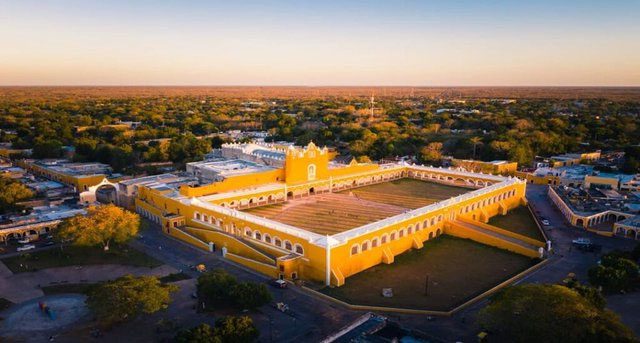
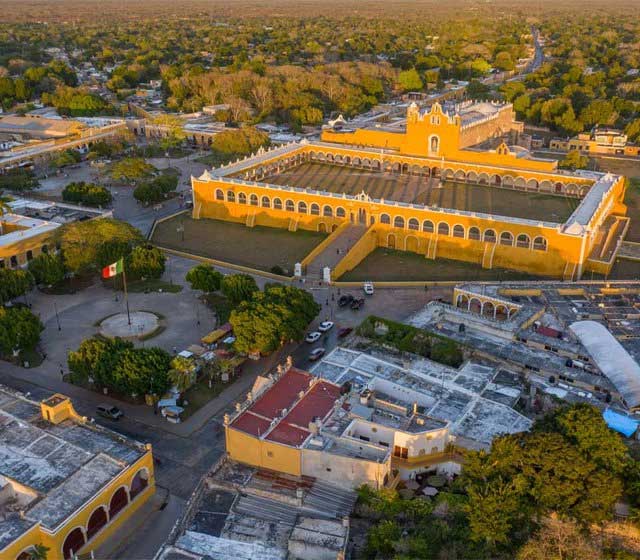
Izamal is a small town in Yucatan, Mexico.
Nicknamed “La Ciudad Amarilla” (or “The Yellow City”), Izamal is a small town in Yucatan. It was founded nearly 2,000 years ago by the Maya. The town is believed to be named after the ancient Maya god Itzamná. The name Izamal also means “dew falling from the sky.”
Julia Miller, an archaeologist and local tour guide, stated: “When I first started guiding, I was told that it was painted yellow to honor the visit of Pope John Paul II in 1993. I introduced this to people for many years until I met another tour guide who said, ‘No, that’s not true! It was yellow long before that.’”
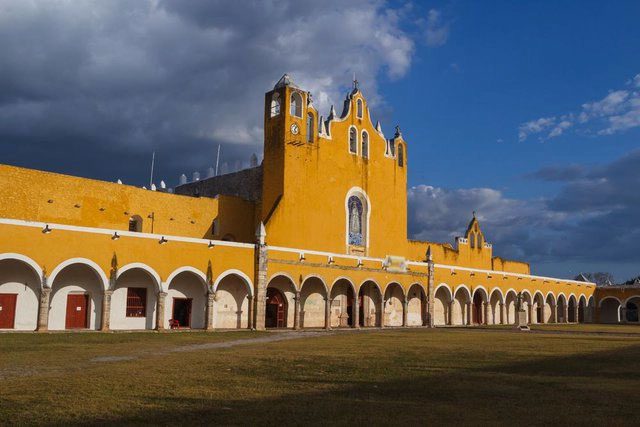
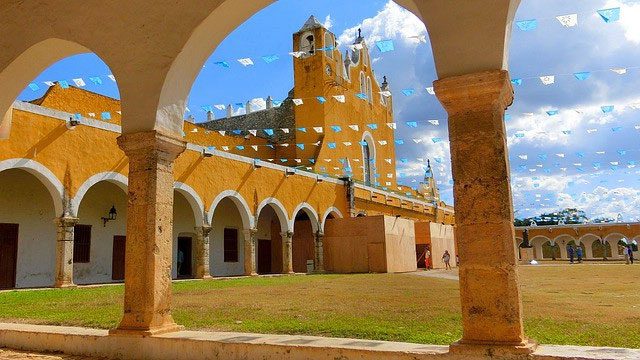
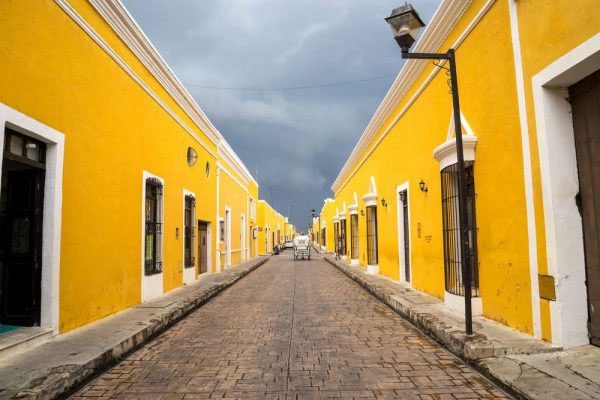
After extensive research, Miller concluded that no one really knows why Izamal was originally painted yellow.
Izamal is one of Mexico’s “Pueblos Mágicos” (Magical Towns). These are special towns developed by the government to preserve historical destinations in the country. According to CNN, there are approximately 132 towns included in the conservation program.
Upon visiting Izamal, tourists can explore the Convent of Saint Anthony, built in 1561. This is one of the oldest Catholic churches in the Americas that still operates today.
“The Yellow City” Izamal is rarely overcrowded with tourists, so those interested in exploring local culture will particularly enjoy this place. Izamal is known as a town with three cultures as it preserves the history of the ancient Maya, along with Spanish colonial history and modern-day culture. This unique combination, along with the vibrant yellow color, gives the town a distinctive atmosphere not found anywhere else in the world.
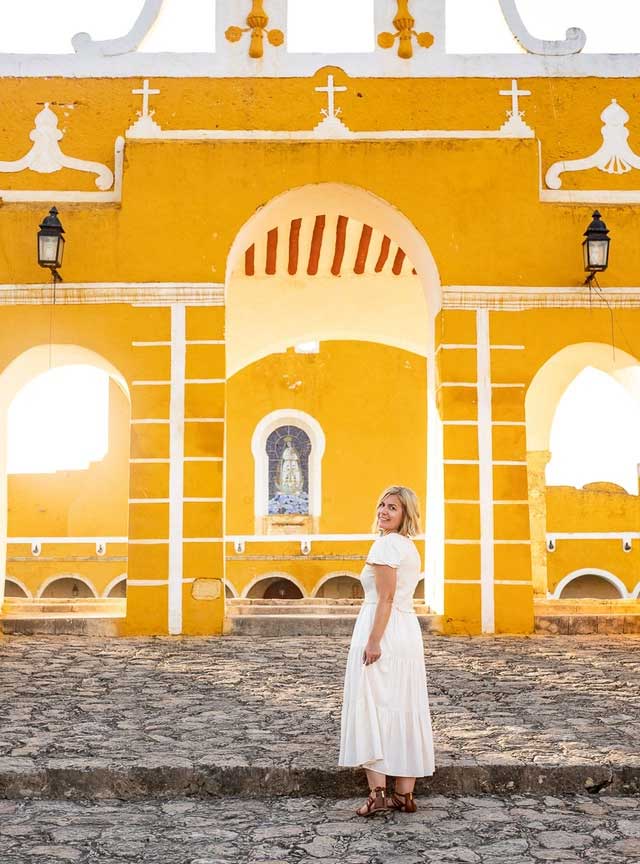
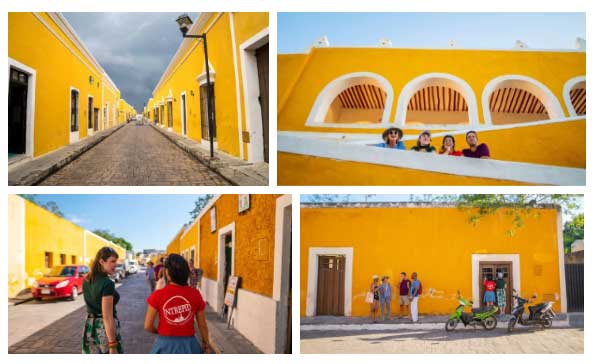
Izamal is known as a town with three cultures.
The diversity of Izamal is most clearly reflected in its architecture. Visitors can still see the stone structures of the Maya beneath the arches of the Convento de San Antonio de Padua. The unique identity is also present in the local cuisine, traditional clothing, music, and language. About half of the town’s population speaks the Maya language in addition to Spanish.
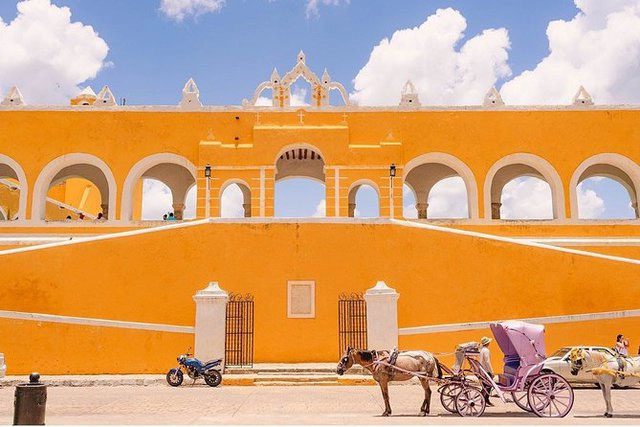
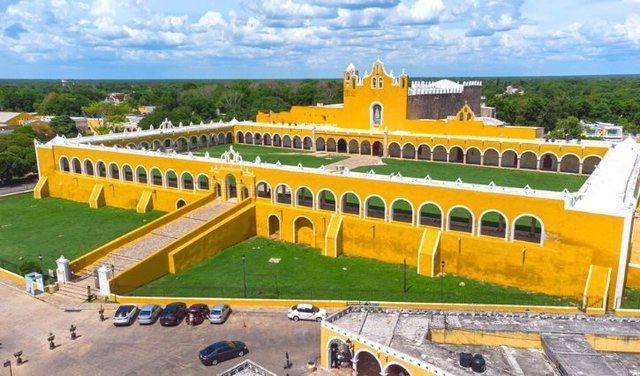
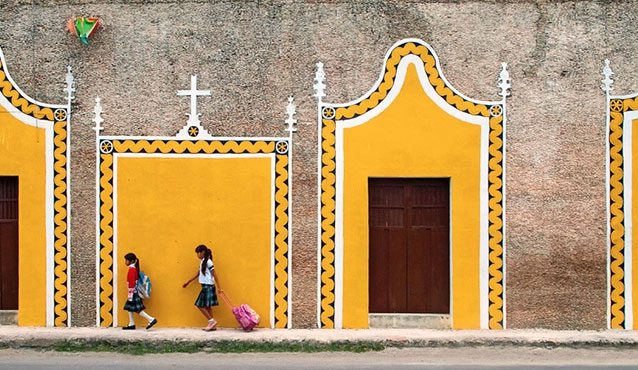
The unique identity is also present in the local cuisine, traditional clothing, music, and language.
Not only is it attractive due to the vibrant yellow that covers everything, but it also features the Kinich Kak Moo Pyramid, the largest remaining Maya ruins. Named after the Maya sun god, the pyramid stands 35 meters tall and has 10 tiers. Adventure seekers can climb the uneven and steep steps of the pyramid to receive the “reward” of a 360-degree view of Izamal, the surrounding forest, and the vast Yucatan region beyond.
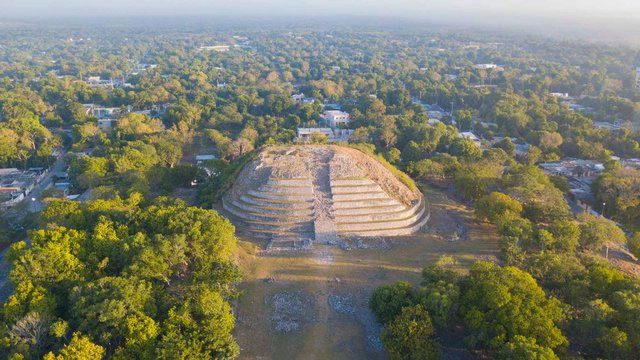
Kinich Kak Moo Pyramid.
- What level has human civilization reached according to the Kardashev scale?
- A flower popular in Vietnam, known abroad as “white jade”, with an extract priced at 100 million VND/liter
- Zooming in 10 times on a painting over 140 years old, many were amazed to discover the “time travel” detail
- Why is this beautiful island struggling to attract residents even with government-provided homes and $20,000?
- A land in China known for ‘swallowing’ cars: Many people sadly have to leave their vehicles behind, as no one comes to retrieve them even for money


















































